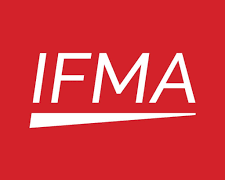As Canadians cope with weaker growth in disposable income and high levels of household debt, the foodservice industry is expected to face challenging times in the near term, according to a new report from The Conference Board of Canada entitled: Industrial Outlook: Canada’s Food Service Industry – Winter 2016.
“Canadians now carry the highest debt-to-income ratio among G7 countries,” said Michael Burt, the Board’s industrial economic trends director. “Consumers that prioritize paying off debt could spell bad news for Canada’s foodservice industry, since one of the first items that households cut back in difficult economic times is dining out.”
Growth in consumer spending on dining away from home varies greatly by region. Current pessimism about future job prospects in Alberta’s oil patch has led to a decline in per capita spending at foodservice venues. Meanwhile Quebec, weighed down by an ageing population and poor economic growth, has experienced only modest improvements in spending per capita at foodservice outlets.
In contrast, Ontario and British Columbia continue to experience solid growth in foodservice spending. Buoyed by strong consumer demand and robust housing sectors, these two provinces have seen restaurant receipts rise by an average of 5.3 and 6.9 percent per year respectively since 2012, which compares to an increase of only 3.2 per cent across all other provinces.
With the Canadian dollar expected to remain valued below US $0.75 cents in the near term, the outlook for the tourism industry should stay positive. This will provide a boost to the foodservice industry, as foreign and domestic tourism spending accounts for more than one-fifth of total Canadian foodservice receipts.
Canada’s foodservice industry is also expected to benefit from innovations such as food-ordering apps, which will continue to provide opportunities for restaurant operators to promote their menu choices and grow sales to customers who may not have otherwise visited their locations.
As cost increases outstripped revenue growth in 2015, pre-tax profits fell to $1.6 billion. Industry profits are expected to improve later this year, and rise to $2.1 billion by 2020. However, profit margins will likely remain relatively flat, averaging around 2.8 per cent over the next five years.





